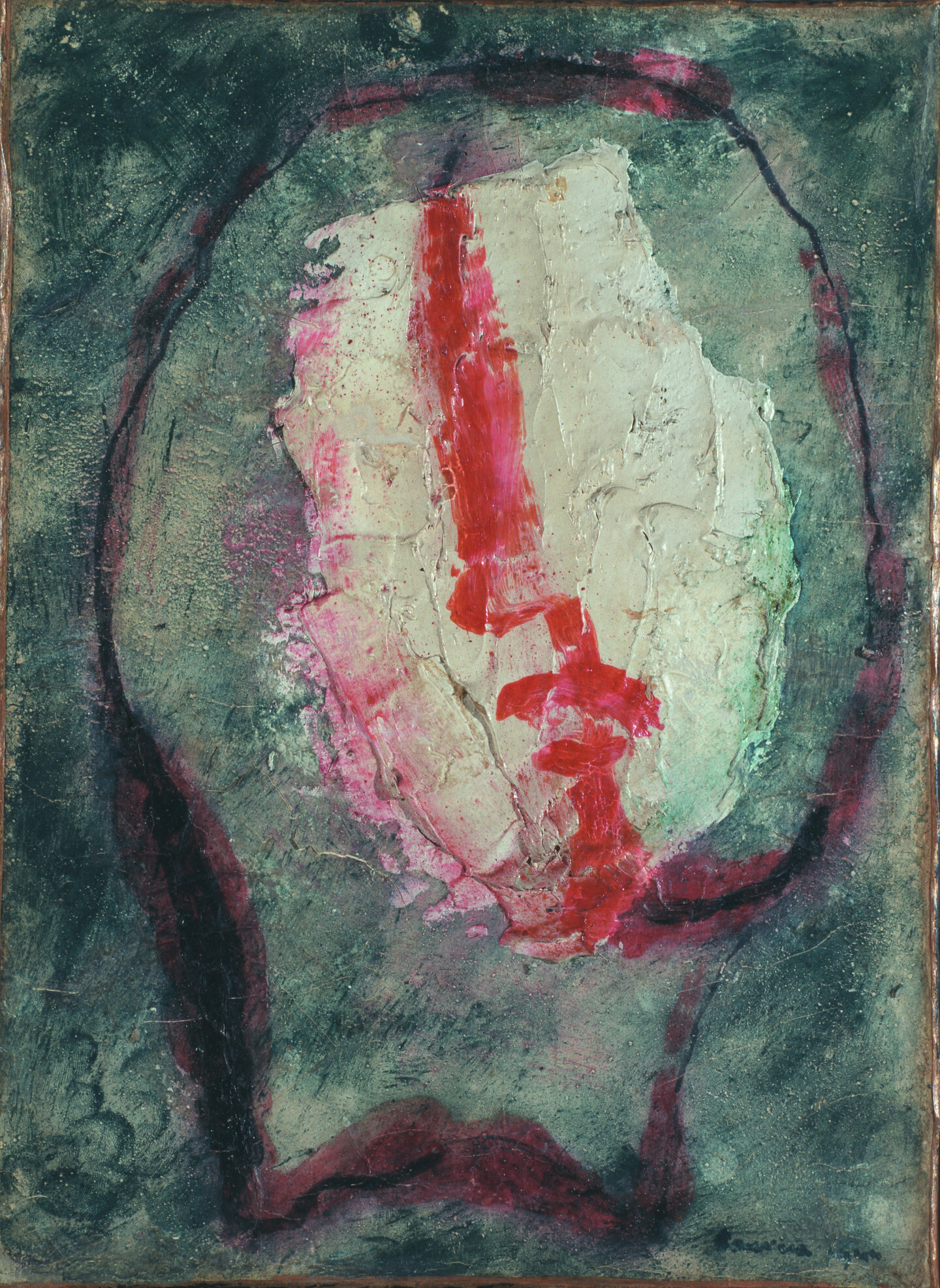Matière et lumière
Texture and Light
January 26–May 20, 2018
11 Avenue du Président Wilson
75116 Paris
France
Hours: Tuesday–Sunday 10am–6pm,
Thursday 10am–9:30pm
Beginning on 26 January 2018 the Musée d’Art moderne de la Ville de Paris is paying tribute, in a major retrospective, to Jean Fautrier (1898–1964). Rarely exhibited, this solitary figure is now considered the most significant precursor of Informal Art in 1928, the inventor of thick impasto in 1940 and a cardinal contributor to the revitalisation of modern art after Cubism.
The exhibition is a reprise of last summer’s retrospective Jean Fautrier at the Kunstmuseum in Winterthur, Switzerland, with the addition of works from the Musée d’Art moderne, other French museums, and private collections.
Jean Fautrier is intimately connected to the history of the Musée d’Art moderne’s collection and its programming. In 1964 the museum presented his first retrospective, organised in close collaboration with the artist following his large-scale donation. In 1989 a second retrospective shed fresh light on a rich, varied and notably distinctive oeuvre.
Coming after a gap of almost 30 years, this new exhibition comprises some 200 works—close to 160 paintings, drawings and prints, and a substantial group of sculptures—from numerous public and private collections in France and abroad. It will include practically the whole of the artist’s donation to the museum, plus later gifts and acquisitions; with over 60 works, the Musée d’Art moderne now has the largest Fautrier collection of any museum.
Fautrier’s career began in 1920. His painting, figurative at the time, was made up of still lifes, landscapes and nudes in styles ranging from a harsh, hallucinatory realism to darkly lit near-abstract shapes. After a brief period of recognition, however, the economic slump ultimately put paid to his artistic career: forced to leave Paris in the early 1930s, he lived in the Alps for several years, working as a ski instructor and manager of a hotel with its own dance hall.
Returning to Paris in 1940, he met or renewed his acquaintance with writers including André Malraux, Francis Ponge, Paul Éluard, Georges Bataille and most importantly Jean Paulhan, who would become his most ardent champion. During the War years he developed a new approach to the image in which paint itself took on a steadily increasing role in the representation of objects, landscapes and bodies.
In his famous series—”Otages” (Hostages, 1943–1945), “Objets” (Objects, 1955), “Nus” (Nudes, 1956) and “Partisans (Partisans, 1957)—textural effects became the main subject. Using a glue-based paint for blends of pigment with transparent and opaque inks, Fautrier composed intricate, luminous harmonies whose impastos and textures induced a certain anxiety.
1960 saw him acclaimed at the Venice Biennale, where he shared the Grand Prize for Painting with Hans Hartung. Jean Fautrier died during the summer of 1964, just after his first retrospective at the Musée d’Art moderne de la Ville de Paris.
This exhibition is jointly organised with the Kunstmuseum Winterthur.
Museum Director: Fabrice Hergott
Guest Curator: Dieter Schwarz
Also on view in the museum:
Mohamed Bourouissa: Urban Riders
Until April 22, 2018
Press contact
Maud Ohana: maud.ohana [at] paris.fr
